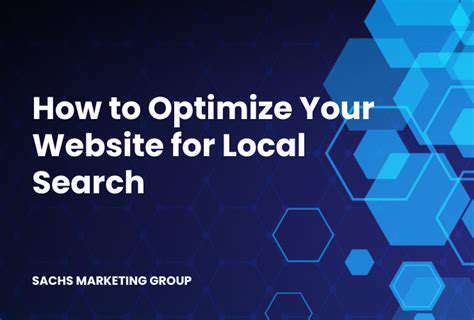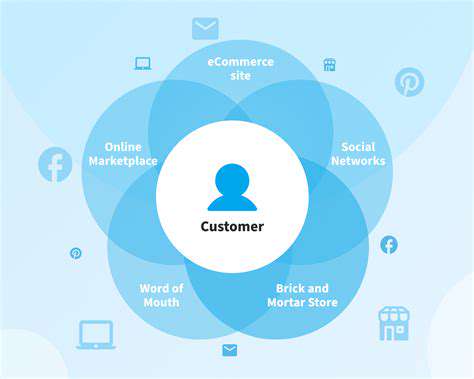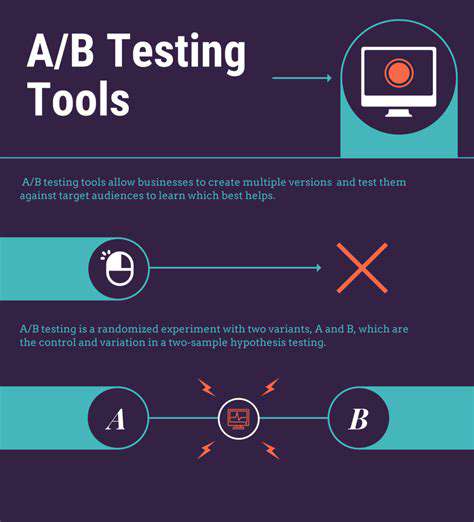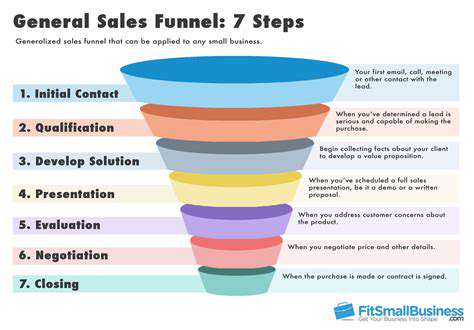The Role of Social Commerce in Marketing
This isn't just another sales channel - it's a complete overhaul of the purchasing journey. Imagine discovering a dress in a Facebook post, watching its try-on video, reading comments from buyers, and completing checkout without ever switching apps. That's the frictionless experience social commerce delivers.
The data goldmine here changes everything. Brands gain real-time insights into what resonates - which products get saved, shared, or sparked conversations. This immediate feedback loop enables lightning-fast adjustments to inventory and marketing that traditional retail models can't touch.
The Power of Influencer Marketing in Social Commerce
Micro-influencers (those with 10K-100K engaged followers) have become the secret weapon here. Their niche audiences trust them like friends, making their product integrations feel like personal recommendations rather than ads. A skincare creator demonstrating her nightly routine while using a brand's serum often outperforms celebrity endorsements.
The magic happens when influencers share authentic usage scenarios. Followers don't just see a product - they visualize it solving their own problems. This see it, want it, buy it sequence is what makes influencer content so potent.
The Impact of User-Generated Content on Brand Trust
Nothing builds credibility like real customer photos and videos. A study by Stackla found that 79% of consumers say UGC highly impacts purchasing decisions. Why? Because seeing everyday people use products in real-world settings provides proof no studio shoot can match.
Smart brands actively encourage this by creating share-worthy unboxing experiences or hosting hashtag challenges. When customers become your marketers, you gain authentic advocates who amplify your reach exponentially.
Personalization and Targeting in Social Commerce
Platform algorithms have become frighteningly good at predicting what we'll love. The For You pages on TikTok or Instagram don't just show relevant content - they curate potential purchases based on our deepest behaviors. A coffee lover who watches pour-over tutorials starts seeing artisan mug ads within hours.
This hyper-personalization creates eerily accurate want lists before consumers even recognize their own desires. When done right, it feels less like advertising and more like a helpful friend saying I thought you'd like this.
The Role of Social Proof in Driving Conversions
Those little notification bubbles matter more than we realize. A product with 2,000 likes and 300 comments automatically registers in our brains as popular = good. Platforms amplify this by surfacing content with high engagement, creating a self-reinforcing cycle where social validation drives visibility which drives more validation.
The psychology here is primal - we're wired to follow the crowd, especially when making purchase decisions with limited information. That's why comment sections have become the new sales floors.
Challenges and Opportunities in the Evolution of Social Commerce
For all its potential, this space isn't without hurdles. Platform dependency is real - algorithm changes can instantly disrupt traffic. There's also the authenticity tightrope; overly polished influencer content now generates skepticism among savvy consumers.
Yet the opportunities outweigh the risks. Early adopters who master platform-specific nuances (like TikTok's duet feature for try-ons or Pinterest's visual search) gain disproportionate advantages. The brands winning here treat each platform as a unique cultural ecosystem rather than just another posting channel.
Social Commerce as a Direct-to-Consumer Channel
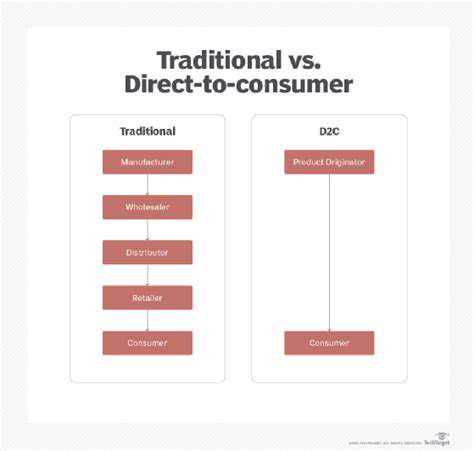
Social Commerce: A Revolution in Retail
Physical and digital shopping boundaries have blurred irreversibly. The modern customer journey might start with a TikTok haul video, detour through Instagram comments for sizing advice, and conclude with an in-app purchase - all while riding the subway. This isn't just convenient; it's how Gen Z and millennials now expect to shop.
The genius lies in eliminating decision fatigue. When the entire path from discovery to checkout lives in one app, friction disappears. No password resets for forgotten accounts, no cart abandonment from complicated checkout flows - just instant gratification.
The Direct-to-Consumer Advantage
Cutting out middlemen does more than boost margins - it creates storytelling opportunities. Traditional retailers force products into standardized displays, but social commerce lets brands showcase items in curated contexts. A sustainable shoe company can pair products with behind-the-scenes reels about their ethical factories, something impossible at department stores.
This direct access also enables rapid iteration. When comments reveal customers want a product in different colors, agile DTC brands can respond within weeks rather than the traditional retail timeline of seasons.
Building Brand Communities on Social Media
The most successful brands don't just sell - they foster belonging. Glossier's subreddit became a space for skincare enthusiasts to swap tips long before purchasing. This community-first approach flips traditional marketing by making sales a byproduct of shared identity rather than the end goal.
These digital hubs thrive on reciprocal value exchange. Members get early product peeks or exclusive discounts; brands get priceless insights and word-of-mouth marketing. The key is maintaining authentic dialogue rather than treating communities as focus groups.
Personalized Shopping Experiences
Advanced algorithms now enable dynamic storytelling - where two users might see the same product featured completely differently based on their interests. A camping gear brand might show a minimalist hiker their lightweight tent, while a family sees the spacious 6-person version.
This contextual relevance transforms browsing from generic to made for me experiences. When every scroll feels personally curated, resistance to purchase diminishes significantly.
Influencer Marketing and Social Proof
The influencer landscape has matured beyond simple sponsorships. Top performers now co-create products, lend their expertise to R&D, or even acquire equity stakes. This deep alignment produces more authentic promotions because the influencer's reputation is literally invested in the product's success.
We're also seeing the rise of employee influencers - brand team members who build followings by showcasing company culture and products, blending professionalism with approachability in ways external influencers can't replicate.
Challenges and Opportunities in Social Commerce
Content oversaturation is real. With every brand vying for attention, standing out requires either exceptional creativity or hyper-niche targeting. Many struggle with platform fragmentation - what works on Instagram flops on Pinterest, requiring tailored approaches for each.
Yet these challenges breed innovation. AR try-ons, shoppable live streams, and AI-powered styling tools are just the beginning. The brands winning here treat social commerce as R&D labs, constantly experimenting with new formats.
Measurement and Analytics in Social Commerce
Traditional metrics like click-through rates matter less here. The new KPIs track how content sparks action - how many people tagged friends in comments, used the remix feature, or saved posts for later. These micro-actions reveal intent more accurately than passive views.
The most valuable insights often come from qualitative data - the specific phrases customers use in comments or DMs. This unfiltered feedback exposes pain points and desires no survey could capture.
Enhancing Brand Awareness and Engagement

Understanding the Importance of Brand Awareness
Top-of-mind recognition separates market leaders from also-rans. When consumers automatically think of your brand for a category (Band-Aid vs. adhesive bandages), you've achieved marketing nirvana. Social commerce accelerates this through shareable moments - think viral unboxings or meme-worthy product uses.
This recognition creates a trust shortcut. In crowded markets, familiar brands enjoy default consideration even when competitors offer similar features or pricing.
Strategies for Building Brand Recognition
Consistency crosses platforms but adaptability wins algorithms. While maintaining core visual identity, top brands tweak content formats per platform - vertical video for TikTok, high-res carousels for Instagram, discussion prompts for Reddit. The message stays cohesive but the packaging shifts.
Signature brand elements become shorthand. Tiffany's robin blue, Coca-Cola's script font, or Liquid Death's heavy metal aesthetic instantly signal identity without words. These visual cues gain power through platform-specific repetition.
Leveraging Digital Marketing Channels
Paid social ads work best when they don't feel like ads. The highest performing content provides value first - styling tips that happen to feature products, or troubleshooting guides that naturally include branded tools. This help don't sell approach builds goodwill while demonstrating product relevance.
SEO now extends to visual search. Pinterest and Google Lens enable discovery through images, making alt text and visually distinctive products critical for visibility. Optimizing for how people search visually represents the next frontier.
Creating Engaging Content
The best brand content answers unasked questions. A cooking brand might show what to make with leftover ingredients rather than just recipe videos. A fitness account could debunk common form myths instead of standard workout clips. This problem-solving approach positions brands as helpful experts.
Interactive content drives deeper engagement. Polls about product preferences, choose your adventure stories, or caption this challenges invite participation that static posts can't match. Each interaction signals algorithm favor while strengthening brand recall.
Utilizing Influencer Marketing
The most effective collaborations feel organic to the influencer's usual content. A bookstagrammer's genuine monthly favorites list mentioning your title outperforms a forced sponsored post. Savvy brands identify creators who already love their products, making partnerships authentic extensions rather than interruptions.
Long-term ambassador programs yield better results than one-off sponsorships. When influencers consistently feature your brand as part of their lifestyle, the association feels genuine rather than transactional.
Analyzing and Adapting Marketing Strategies
Platform analytics reveal unexpected opportunities. A skincare brand might discover their acne treatment videos perform best on Wednesdays at 3pm when teens research solutions after school. Or that their nail polish tutorials gain traction in regions they hadn't targeted.
Data democratization empowers agile pivots. When performance metrics update in real-time, brands can double down on what's working and sunset underperformers within days rather than quarters.
Measuring the Impact of Your Efforts
Beyond vanity metrics, sophisticated brands track content halo effects. How does top-funnel awareness content ultimately influence bottom-funnel conversions weeks later? Multi-touch attribution models reveal how various content types work together across the customer journey.
The most valuable metric might be search volume for your brand name. When organic searches spike without direct prompting, you've achieved true top-of-mind status.
Understanding personal needs transforms shopping from transactional to meaningful. The most successful social commerce experiences feel less like being sold to and more like discovering solutions you didn't know existed. This shift from pushing products to enabling self-discovery represents retail's future.




